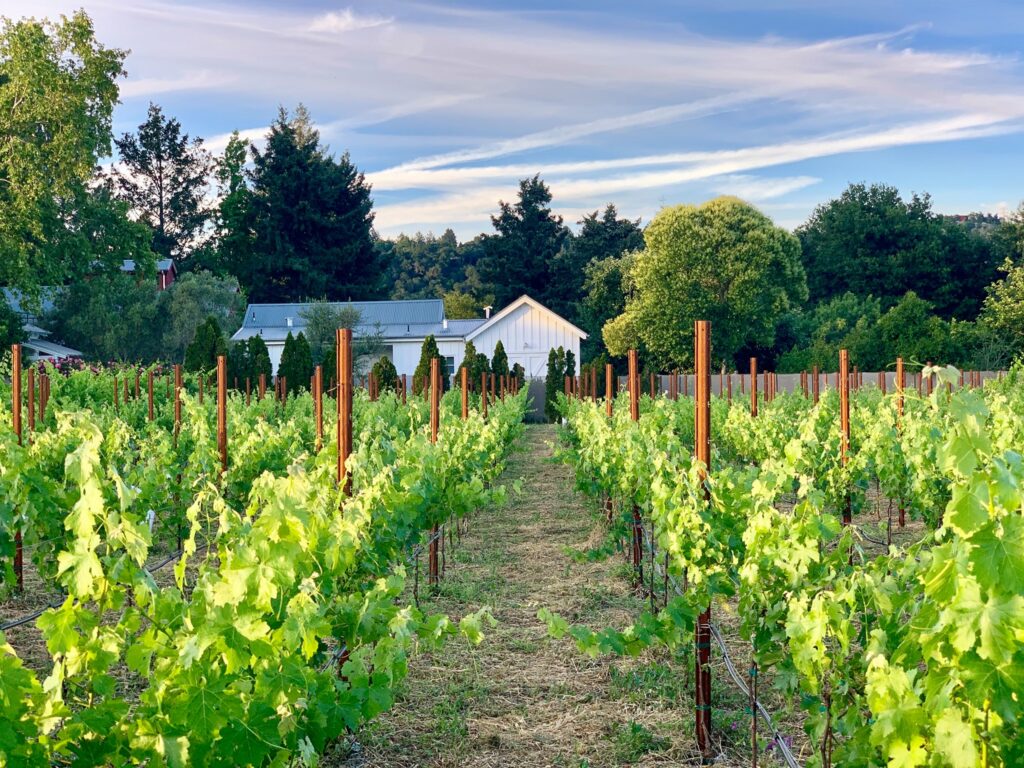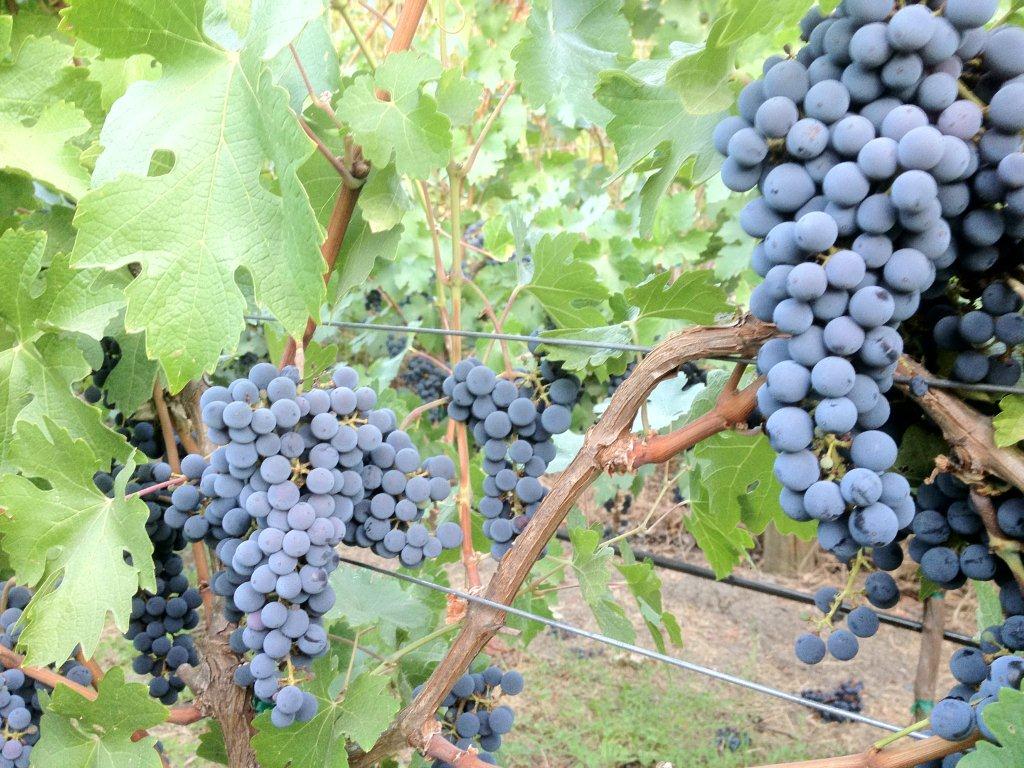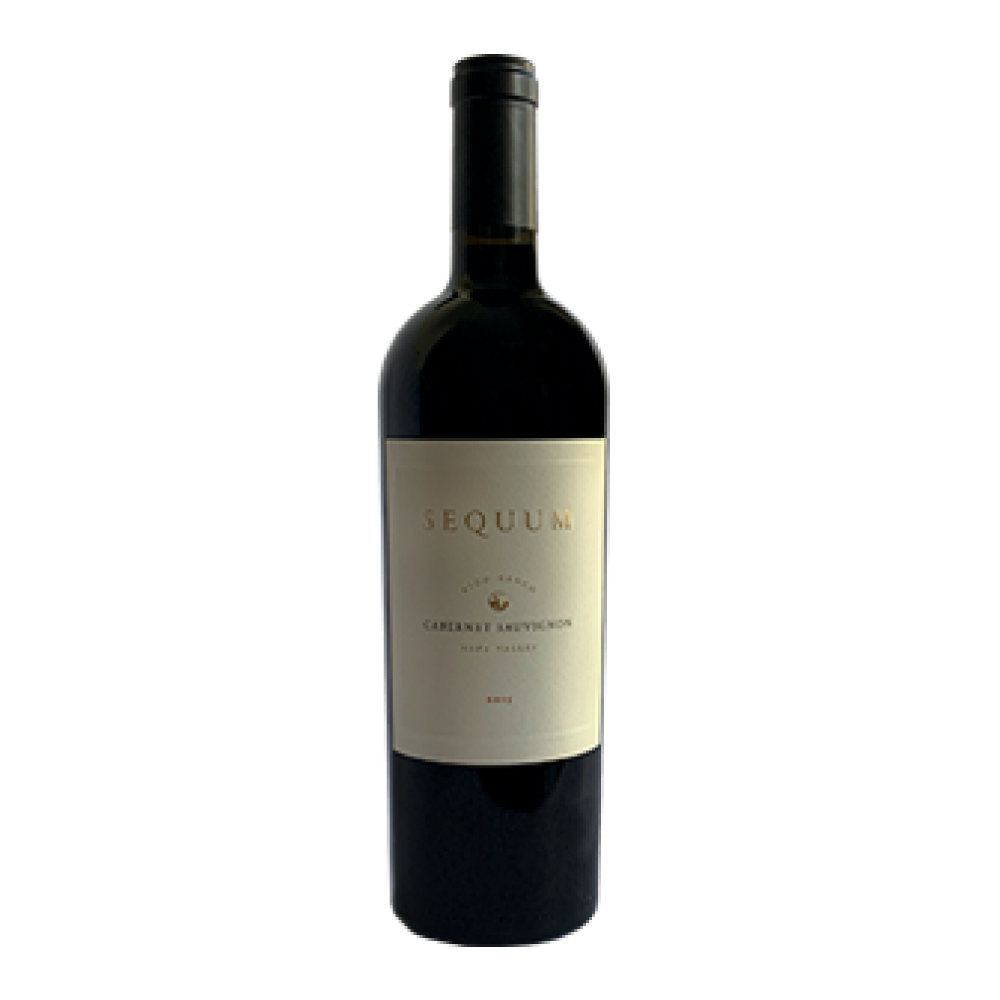Get to know the winemakers behind the Sequum 2017 Kidd Ranch Cabernet Sauvignon

When Paul Skinner received his PhD in Soil Science at UC Davis in 1988 he “ . . . swore that he wanted nothing to do with owning a vineyard and producing wine.” That all changed when he had the opportunity to buy a portion of a 25-year-old Zinfandel vineyard in St. Helena in 1998, the Kidd Ranch Vineyard, which was planted in the early 1970’s by Bill Bartolucci. According to Paul, “Bill took budwood from the Hayne Vineyard on the other side of St. Helena, which is one of the oldest vineyards still existing in Napa Valley, with close to 100-year-old Zinfandel vines.”
Paul went on to explain, “There are two soil types in our vineyard that are known to produce some of the best wines on the valley floor. The Cortina soil is an alluvial gravelly loam that can exert significant water stress on the vines during the growing season. The Bale clay loam is a deep soil which allowed the original planting of Zinfandel to be dry farmed. These two very different soils are literally 25 feet apart. We have replanted a significant portion of the original Zinfandel vines due to different diseases and overall health issues. We replanted new blocks of Cabernet Sauvignon and Syrah starting in 2000 on a meter by meter (very close) spacing similar to the way the vines are planted in Bordeaux and the northern Rhone in France. We have used six different rootstocks to better match our soils and varietal characteristics with our desired spacings and production goals. Since that initial re-planting we have added a small amount of Petite Sirah and more Cabernet Sauvignon in 2018. Our latest plantings in 2020 and 2022 have been for our La Trace Rosé and include more Syrah, as well as Grenache and Cinsault planted on the most modern trellis system being used in Napa Valley, the single high wire.”

When asked if there is anything Paul would like to let Club 672 members know about his Sequum 2017 Cabernet Sauvignon, he replied, “In order to introduce complexity into this wine from the small planting of our Cabernet Sauvignon vines, I chose 10 different Cabernet Sauvignon clones that produce fine wines from different places in the grape growing world. From France there are Clone 15, Clone 337, Clone 338, Clone 347, Clone 412, Clone 685, and Clone 191; from California, Clone 6 and Clone 30; from Argentina, Clone 4. The result has surprised me. The different clones have resulted in multiple layers of flavor in this wine that keeps ‘going and going’ and which continues to improve with bottle age. The aromas and flavors are what I call ‘the best of Napa Cabernet.’ We do a lot of hand work in our small vineyard and so the fruit ripening is very uniform, allowing us to harvest at lower sugars because we can achieve ripe flavors earlier than most larger vineyards. Thus, our wines retain a natural acidity that characterizes a long and lip-smacking finish!”
Paul’s first vintage of Sequum was in 2002 and currently his wines have limited availability. Unfortunately, Paul does not have a tasting room to host Club 672 members, but when visiting Napa Valley his other wines can be tasted at Outer Space Wines in Napa and Wine Country Connection in Yountville.

